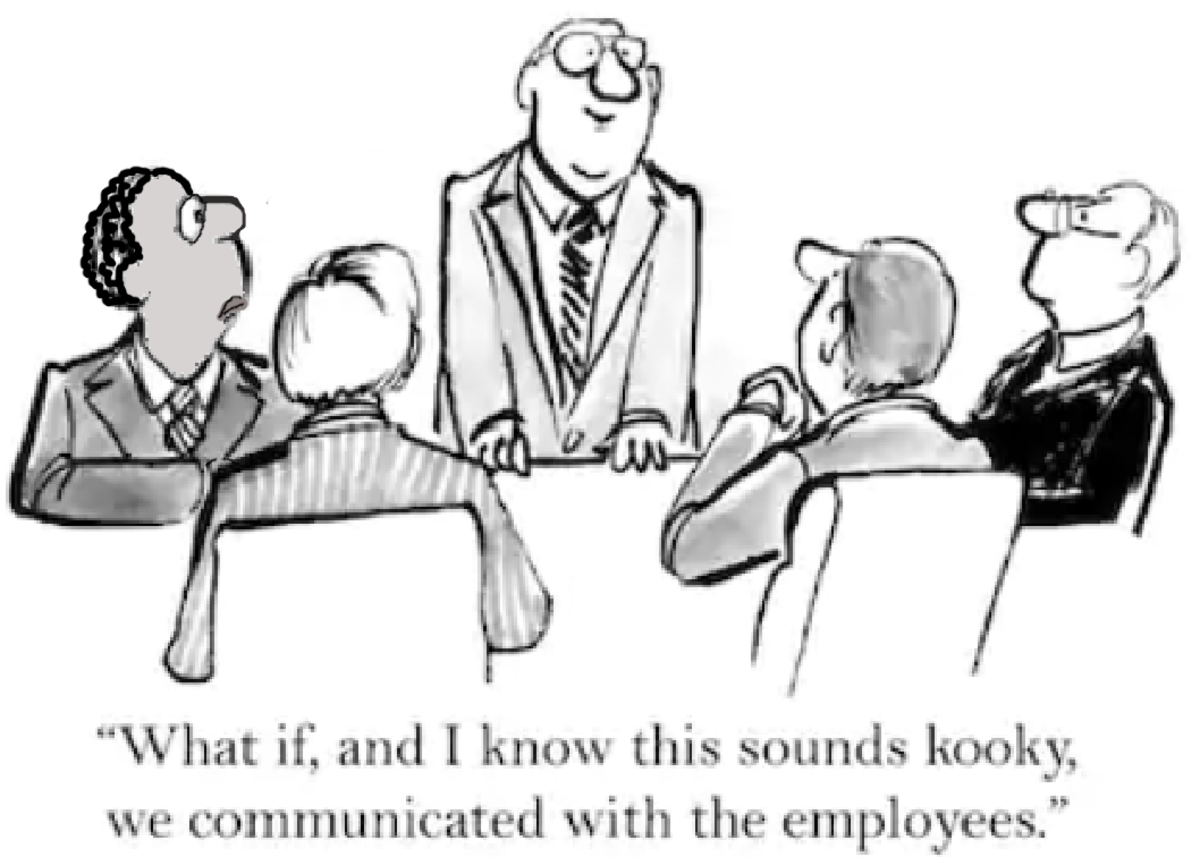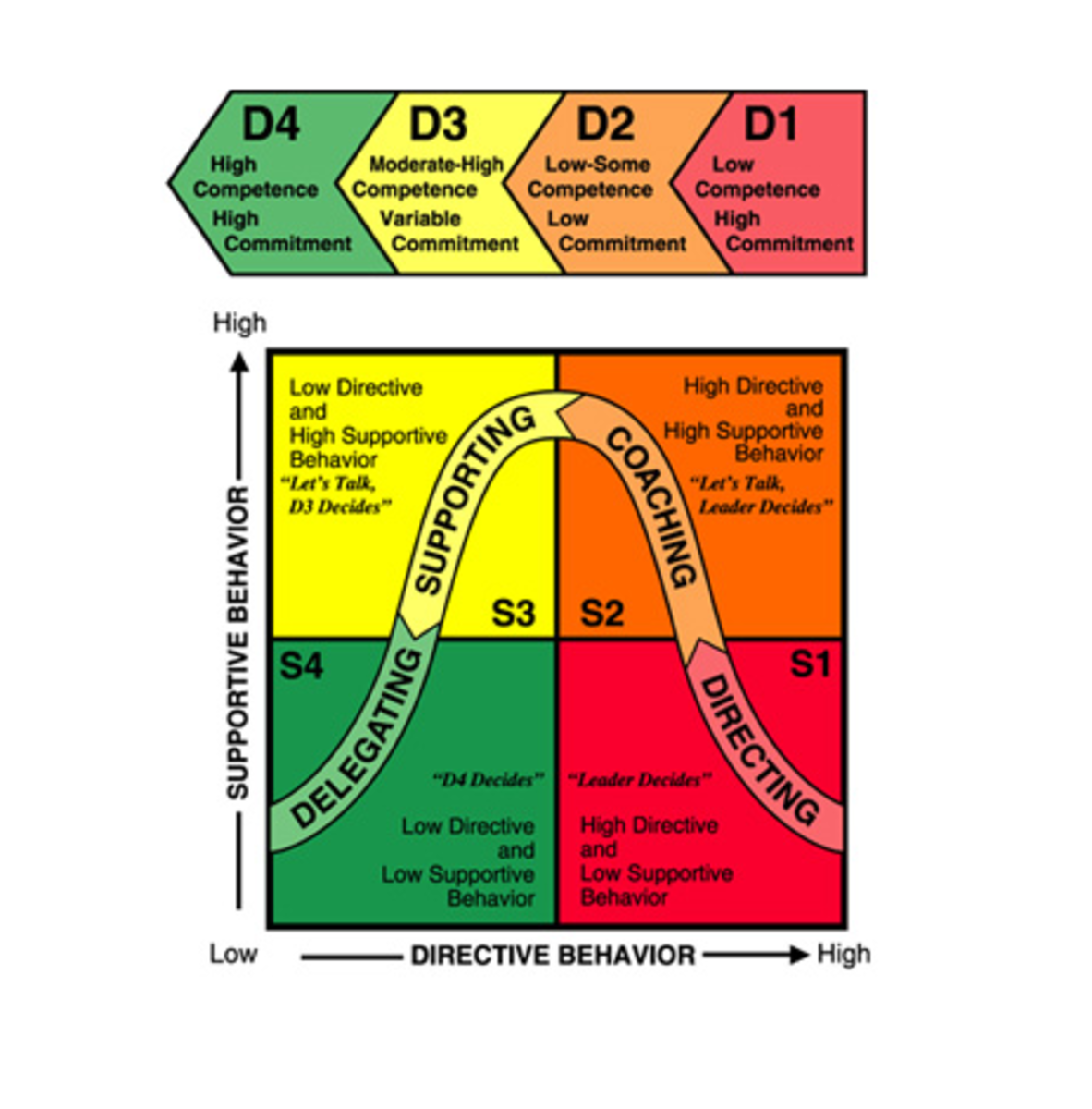Is Employee Empowerment Important?

Employee empowerment is a term referring to the practice of enabling employees to become valued participants in managing their work and contributions within the organization through involvement in decision-making and other actions and activities. Far from being "just semantics," empowerment is important because it provides employees with autonomy in decision-making. It enables them to control their own work, to a certain degree, while also encouraging them to use their skills and abilities in the most productive and the most empowered and efficient way. Being and feeling empowered benefits both the employee and his or her employer.
For employees to feel and to truly be "empowered," managers must ensure that needed resources are provided so that employees have both the tools and the information they need to make decisions as they accomplish tasks for the employer. Before employee empowerment can be successful, employees must be well-trained and well-informed, and they must understand fully the nature of their position as well as their responsibility to the organization.
Sometimes referred to as "participatory management," employee empowerment is best realized in environments where there is great understanding of and appreciation for how and why the organization operates, and who is served by the organization.

Employer-Employee Mutual Obligations: The Foundation of Employee Empowerment
To become empowered, employees must understand the basic, essential, and general principles of the organizations they work for. It can even help for employers and employees alike to take a step back, to look at the broader picture of the concept of organization.
It all begins with an understanding of organizational structure. Why? Because understanding the structure affects the nature of all decision-making within any organization. When organizations are serious about employee empowerment, and not just paying "lip service" to the idea to make employees feel valued, then executives and upper management will do all that's possible to train well the people they employ.
Effective training, which includes in-depth examination of how the organization works, its mission, values, and goals, as well as job/position training, helps provide a good foundation for employee empowerment.

The Organization: A Broad Perspective
According to E. H. Schein: “An organization is the rational coordination of the activities of a number of people for the achievement of some common explicit purpose or goal, through division of labor and function and through a hierarchy of authority and responsibility. Once a professor at the MIT Sloan School of Management, Schein made his mark in the field of organizational development, and is credited with creating the term, "corporate culture."
When we view the organization from Schein's perspective, the most fundamental realities are the formal hierarchies of authority identified in the organizational chart; those representing the various positions and lines of authority in the organization.
The glue holding the rational organization together is the “contracts,” written or oral, that exist between an employer and employees. Job descriptions constitute a contract, and some jobs require a formal contract that is signed. Basic ethical responsibilities emerge, automatically, from the contractual aspects of the organization. These include:
- The obligation of the employee to obey organizational superiors, pursue the organization’s goals, and avoid any activities that might threaten that goal.
- The obligation of the employer to provide the employee with a fair wage and fair working conditions.
It is the employee’s main moral duty to work toward the goals of the firm and to avoid any activities that might harm those goals. It is considered as unethical for an employee to deviate from employer goals to serve his or her own interests in ways that, if illegal, are a form of “white collar crime.”
For example, corporate accountants and financial managers fail in their contractual duty to their employer when/if they misappropriate funds, waste or squander funds, are negligent or fraudulent in the preparation of financial statements, and when/if they issue false or misleading reports. Based on their contractual obligations to their employer, they are to operate in the best interest of the company, and any actions or activities in which they engage that are not in the best interest of the employer constitute a failure to uphold the contract.

The Basics: Employee Obligations to Employer
The “law of agency” exists between employer and employee. The law of agency applies in any "principal-agent" relationship. The principle/agent relationship exists when one person has legal authority to act on behalf of another. This relationship is created, automatically, either through an explicit appointment, or by implication. Relationships usually associated with law of agency include guardian-ward, executor or administrator-decedent, and employer-employee.
The law of agency is based on the Latin principle of "Qui facit per alium, facit per se," which means "one who acts through another is deemed in law to do it [whatever is done] himself." It usually relates to commercial and/or contractual dealings, and, in the case of an employer-employee relationship, the law of agency specifies the legal duties of “agents” (employees) toward their principals (employers).
In short, this law states that the employee must pursue the goals of the firm he/she is employed by, and must do nothing that conflicts with those goals while she or he is working for the firm. Conflicts of interest, theft, using a position to conduct bribery or extortion are all ways an employee might fail to live up to the duty of pursuing the goals of the firm.
Employee Conflicts of Interest
Conflicts of interest can arise when an employee or officer of a company becomes involved in carrying out duties on behalf of the company, when the employee has a private interest in the outcome of the task that is (a) possibly antagonistic to the best interest of the company, and (b) substantial enough that it does or reasonably might affect the independent judgment the company expects the employee to exercise on its behalf.
Conflicts of Interest may be actual or potential.
- An actual conflict of interest occurs when a person actually discharges his or her duties out of self-interest, in a conflicting way that is prejudicial to the firm.
- A potential conflict of interest occurs when a person is motivated (or in a position to become motivated) or tempted by self-interest to act in a way that is prejudicial to the firm.
Since “judgment” can be affected by potential conflicts, persons of high moral character generally will remove themselves from situations where such conflicts might or could occur.

Employee Rights
Modern corporations operate much like a government. Large corporations, like a city, state, or federal government, have:
- Top management constituting a centralized decision-making body.
- Managers wield power and legally recognized authority over their employees—a power that is based on their ability to fire, demote, or promote employees and an authority based on the law of agency that stands ready to recognize and enforce managerial decisions.
- The decisions of managers determine the distribution of income, status, and freedom among the corporation’s constituencies; and
- Through the law of agency and contract, through their access to government agencies, and through the economic leverage they possess, managers of large corporations effectively share in the power.

The Basics: Employer's Obligations to the Employee
There are two main categories of obligations the employer has to the employee. These involve fair wages and fair working conditions.
Wages
Employers see wages as part of their costs. Employees see wages as their only way to satisfy their economic needs. What is a fair wage? Here are some of the factors that should be used in determining wages and salaries:
- The going rate in the industry and the area.
- The firm’s capabilities (the higher the profits, the higher the paychecks should be).
- The nature of the job—greater health risks, less security, require more training/experience, impose heavier physical or emotional burdens, or take greater effort should pay more.
- Minimum wage laws must be obeyed. To go beneath them is unfair.Relation to other salaries—similar work, similar salaries.The fairness of wage negotiations—wage concessions won through blackmail or threats are unfair.
- Local cost of living—Cost of living in a particular geographic region should be taken into consideration.
Working Conditions: Health and Safety
- In 1970 congress passed OSHA, the Occupational Safety and Health Act, “to assure as fair as possible every working man and woman in the nation safe and healthful working conditions.”
- The mere existence of OSHA has led many firms to institute their own safety programs.
An employer is acting ethically when it allows people to consent to accept risk as part of their working conditions as they (a) are fully compensated for assuming the risk, and they (b) freely and knowingly accept the risk in exchange for the added compensation.
Job Satisfaction
Solutions to job dissatisfaction can involve possibly enlarging narrowly specified jobs where employees are finding dissatisfaction. For example, responsibilities of jobs requiring repetitive tasks can be "spread out" horizontally among teams of three or four workers. Broadening jobs “horizontally” can give employees a wider variety of tasks, thereby lessening the possibility of "fatigue" from the tedium of repetition.
Deepening a job vertically can allow employees more perceivable control over the tasks they perform. Team jobs can be enlarged vertically by empowering them with the responsibility of determining their own work assignments, work breaks, and so on.

Five Key Characteristics of Empowered Employees
To become empowered, employees need to understand the basic tenets of the organization—how it is structured, how and why it works, and the major responsibilities of employer and employees. There must also be communication about every aspect of the organization, including challenges to service/production. Finally, there are some key traits of empowerment that I believe every employee need to understand and to embrace as key characteristics of empowerment. Employee empowerment means:
- Feeling independent/entrepreneurial, and that contributions and knowledge are valued, empowered employees interact effectively and productively with customers and vendors. When committed to doing their jobs well, employees are the first line of sight between the company and its customers, and they are a crucial link between the organization and those providing products or services that help the company carry out its mission. By encouraging employees to interact and share insights with customers and vendors, a company gain valuable feedback that can help it operate more effectively and more efficiently.
- Employees are self-motivated "owners" of their job and its responsibilities and tasks. Having managerial input, along with owning their job, leads to increased commitment and productivity. It also lends to feelings of trust and loyalty, qualities that help companies retain good employees.
- Empowered employees work in environments where the word "empowerment" is not used just to improve productivity outcomes for the company. In addition to being a way for employees to have input in areas such as decision-making, creation of workplace policies and procedures, and in other aspects of working for an organization that affect the work environment, empowerment must also include such things as fair pay, the opportunity to work and earn in a full-time job, and a good employee benefits and development programs.Truly empowered employees are respected and valued for what they bring to the organization, and they, in turn, are appreciated and rewarded for the same.

- Empowered employees are more engaged and are therefore more productive. When employees are not listened to and believe they are “unheard,” they also feel more distance between them and management, and the distance makes them feel less important to the company, and not respected. Having input into the making of decisions that affect them and the work they do for the organization lets employees know they are being heard by management, and being heard inspires and motivates them to work harder.
-
Increased/enhanced commitment and loyalty are hallmarks of empowered employees. A constant challenge for human resources managers, enhancing employee commitment and loyalty also increases confidence in company leadership while improving company culture. Even when the economy is down or facing unusual challenges, strong employee commitment can strengthen employee retainment so the company does not experience high turnover. Higher productivity and lower or lessened employee turnover provides a strong indication of an employees’ job/work satisfaction as well as an indication of their belief in their worth to their employer, providing evidence of the value they bring to the organization.
© 2012 Sallie B Middlebrook PhD








